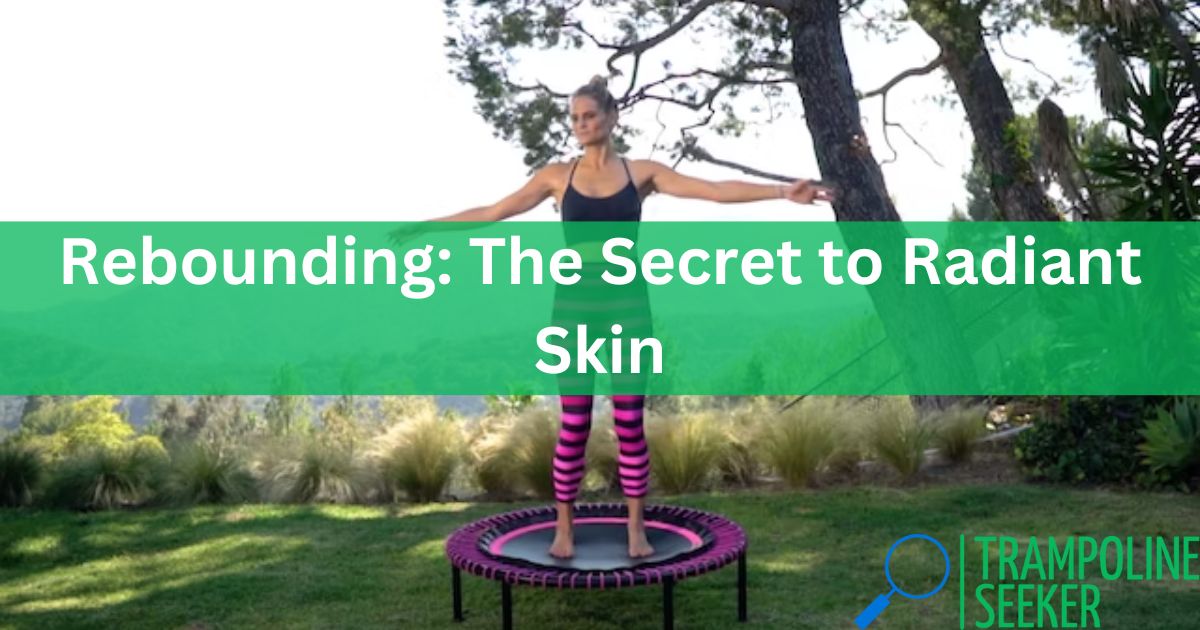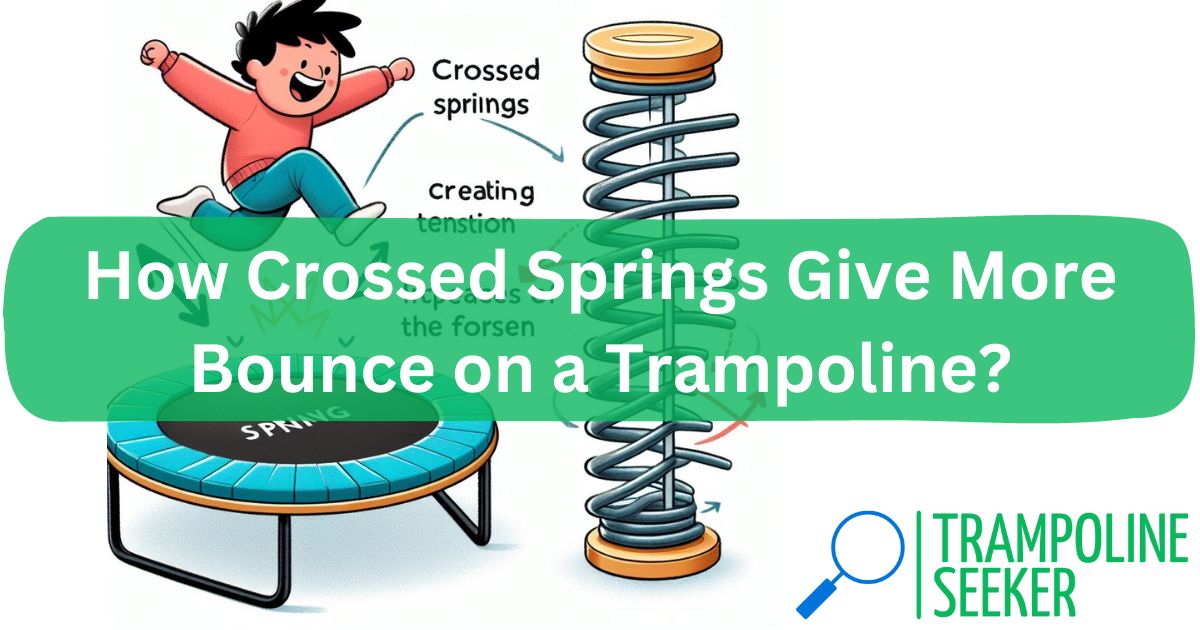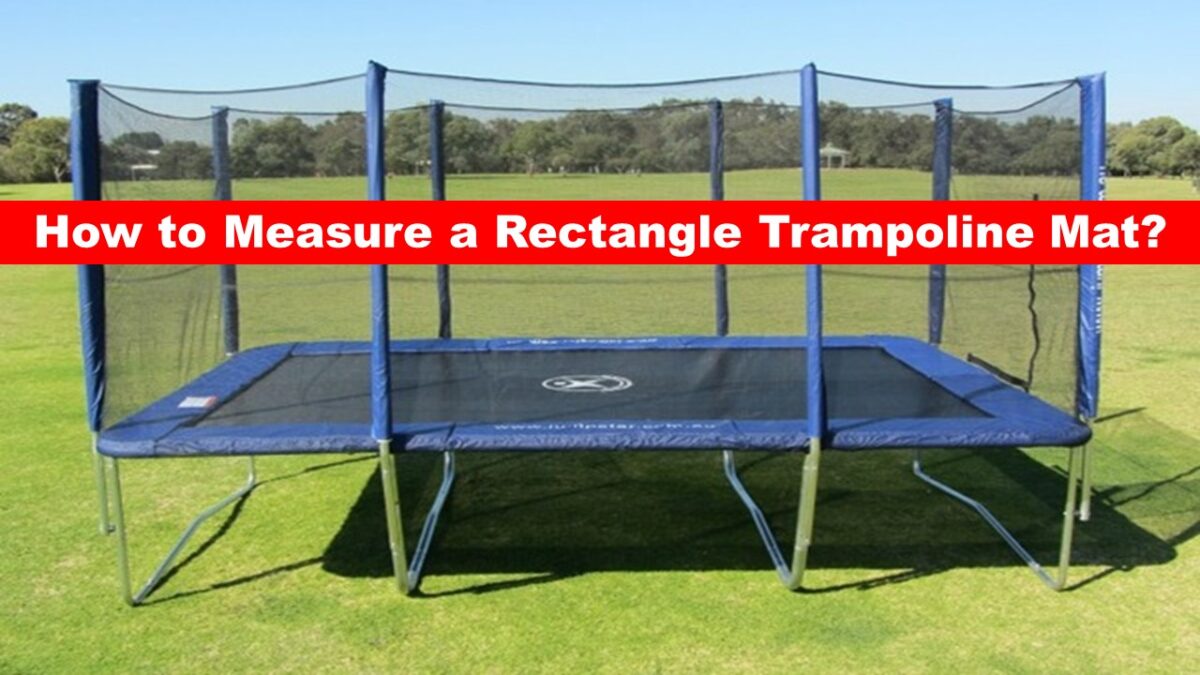Trampolines are a classic fun backyard activity for kids, but in recent years they’ve also gained popularity as a workout tool for adults. As a fitness enthusiast 🏋️♀️, I get asked frequently if jumping on a trampoline is bad for your hips. After reviewing the latest research, I can provide some guidance on the pros and cons of trampoline workouts.
A Low-Impact Cardio Workout

One of the main benefits of trampoline exercise is that it provides an excellent cardio workout with lower impact on your joints compared to hard surfaces. The trampoline absorbs some of the force of your landing, reducing stress on your hips, knees, ankles and back according to experts. This makes rebounding an ideal low impact cardio alternative if you have injuries or joint pain.
In fact, a study published in the Journal of Physical Therapy Science found that a 14 week trampoline training program improved balance and the ability to recover from falls in elderly participants. The researchers concluded that trampolines allow a higher rate of hip moment generation, which enhances stability.
So if you’re looking for a fun way to raise your heart rate and burn calories without pounding your joints, bouncing on a mini trampoline can be a great option! Just be sure to check with your doctor if you have prior injuries.
Muscle and Bone Benefits

Jumping on a trampoline provides an excellent plyometric exercise that engages your major lower body muscle groups like glutes, quads and hamstrings. The rapid eccentric-concentric cycle of landing and propelling back up is effective for building strength and power. Ankle plantarflexion and toe pointing right before takeoff also heavily recruits the calf muscles.
Arm movements can be added to increase upper body involvement as well. Shoulder abduction and flexion during the jump will hit the deltoids, trapezius, pecs and triceps.
What’s more, the impact of trampoline jumping may help increase bone mineral density over time. Wolff’s law states that bone will adapt and get stronger in response to the forces applied to it. So as long as you build up gradually, the loading from jumping can stimulate osteoblasts to lay down new bone matrix.
Protect Your Joints

While trampolining has clear benefits for cardio, muscle and bone health, most experts warn against overdoing it. The unstable surface and repetitive impact of jumping place substantial stress on the joints.
One study compared the effects of repeated jumping on a trampoline versus hard ground. They found that trampoline jumping increased knee extensor moments more than hard surface jumping.
The researchers theorized that participants were contracting their quads harder on the trampoline in order to stabilize the knee joint against the unstable surface. This indicates potential for increased knee joint stress with extensive trampoline bouncing.
Other experts note that the compliant surface encourages stiffening of the joints, rather than proper shock absorption through the muscles. Reduced hip and knee flexion on a trampoline places more load directly on the joint structures during landing.
So while mini trampolines are gentler than hard surfaces, it’s still possible to overdo it and cause an overuse injury or exacerbate joint pain. As a general rule, listen to your body and stop an activity if it causes discomfort in the hips, knees or ankles.
Tips for Safe Trampoline Exercise

If you want to try out trampoline exercise, keep these tips in mind:
- Always warm up first with 5-10 minutes of walking or light jogging in place to prepare your muscles and joints
- Wear proper footwear like cross training shoes to support your feet and ankles
- Start with just walking or gentle bouncing – progress gradually to higher jumps
- Limit your sessions to 15-30 minutes max when starting out
- Stop immediately if you feel any joint pain and consult a physiotherapist
- Avoid bouncing to the point of fatigue when muscles can’t absorb force as well
- Don’t attempt flips or risky maneuvers that can lead to falls
- Have spotters and padding in place if possible
The right trampoline workout program performed carefully within your limits can be a fun way to boost fitness. But be cautious with overuse and continuously check in with your body to avoid potential joint problems down the road.
The Verdict: Occasional Trampolining is Fine but Don’t Overdo It
Based on the current research, my verdict is that occasional recreational jumping on a mini trampoline is perfectly fine for healthy adults and kids. Just limit your sessions, build up duration gradually, and stop right away if any joint pain arises. It provides solid cardiovascular benefits with less repetitive impact than jogging or aerobics.
However, excessive, high-intensity trampoline bouncing done improperly carries risks of overuse injuries in the hips, knees and ankles. Know your limits, don’t try risky maneuvers, and consult a physical therapist if you have existing joint issues. For regular cardio exercise, a mini trampoline is likely safer than running but not as foolproof as non-impact options like swimming or cycling. As with any exercise program, practice common sense and moderation.
I hope these trampoline tips help you decide if and how to incorporate it into your own fitness regimen! Let me know if you have any other questions – stay happy and healthy!
FAQs:
Can trampolining help strengthen your core muscles?
Yes, the act of stabilizing your body during trampoline bouncing engages several core muscles like the abdominals, back, and shoulders. It provides a low-impact way to improve spinal stability and posture without excessive spinal loading.
Is rebounding better than running for your joints?
In general, yes – a trampoline will absorb some of the impact force from landing, reducing the cumulative stress on joints compared to running. But overdoing trampoline exercise can still lead to overuse injuries, so moderation is key for both activities.
How long can you safely jump on a trampoline in one session?
Experts recommend starting with just 15-30 minutes of trampoline jumping per session when beginning a new exercise program. Even experienced jumpers should limit sessions to 30-60 minutes max and stop immediately if any joint pain arises.
Are trampolines safe for elderly adults?
With medical clearance, a mini trampoline can be a low-impact way for elderly adults to improve cardiovascular health. However, balance and mobility limitations increase fall risk on an unstable surface. Supervision and nearby support are highly recommended.
Is jumping on a trampoline recommended for people with knee or hip arthritis?
Those with inflammatory arthritis or prior joint injuries should always consult their doctor before trampolining. While it is lower impact than hard surfaces, repetitive jumping still loads the joints substantially. Most doctors advise to avoid trampolines if you have pre-existing joint damage.
Conclusion
Trampolines can provide an excellent cardio and muscle workout, but take precautions to avoid overloading the hip, knee and ankle joints. Occasional recreational use is likely safe for most people, but consult your physician if you have prior joint injuries or arthritis. Limit jump sessions to 30 minutes, build up duration gradually, stop at the first sign of pain, and avoid risky maneuvers to keep your joints happy!
Articles You May Like to Read:













